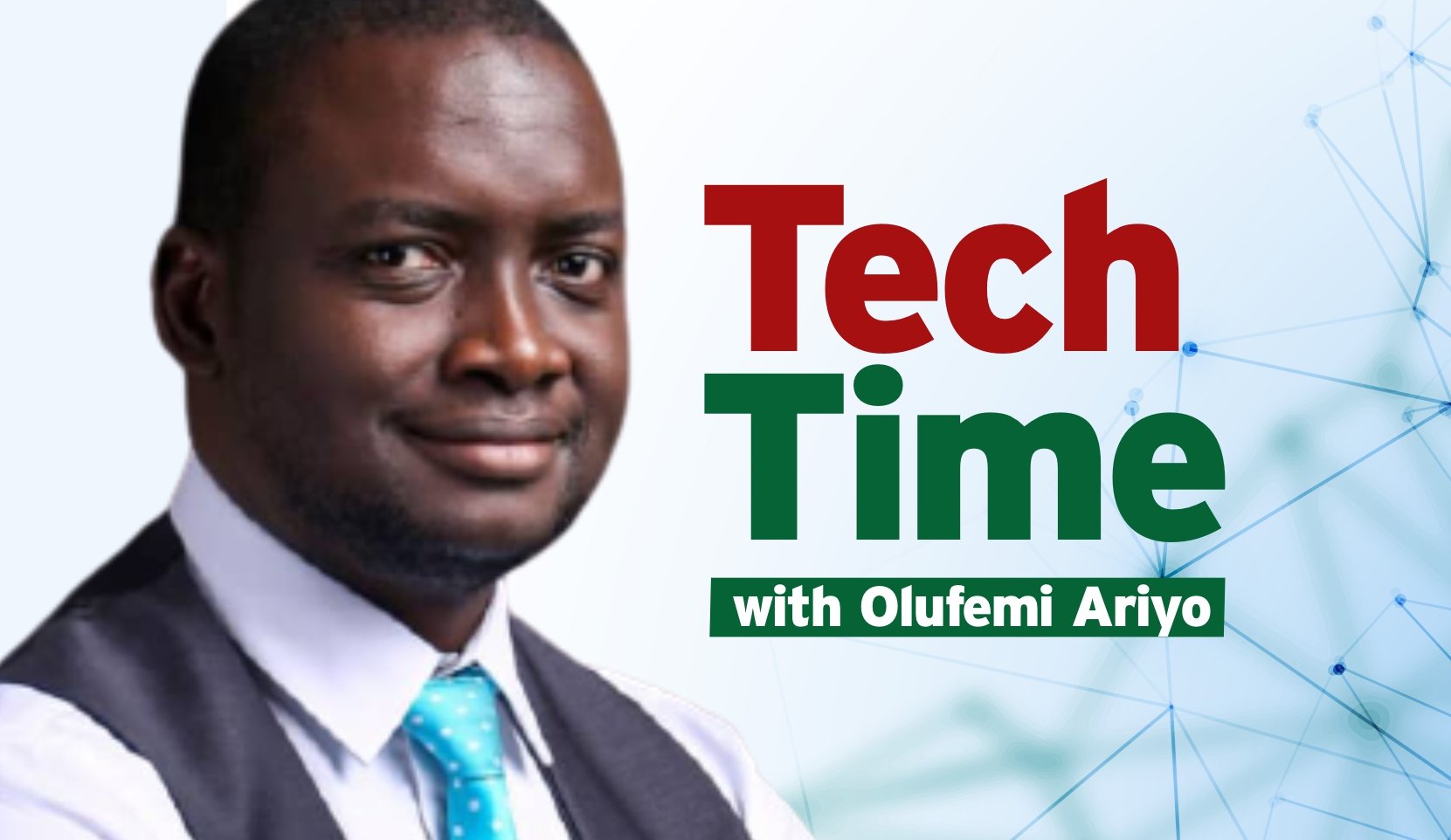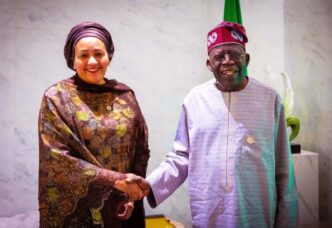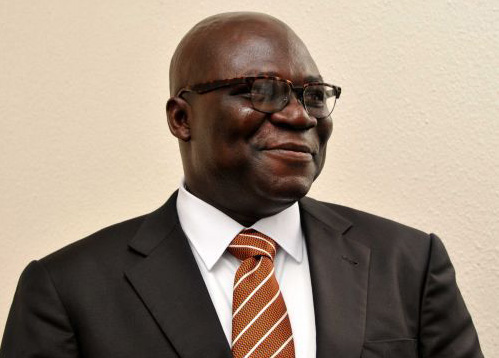Population dynamics have continued to spark debates in different climes, nowhere more intensely than in Africa, where rapid demographic shifts merge with complex socio-economic challenges. In Nigeria and across much of the continent, discussions often revolve around whether the burgeoning population should be viewed as a boon or a burden, particularly when compared to Asian countries with divergent demographic profiles.
Nigeria, as Africa’s most populous nation (about 1 in every 6), offers a vivid illustration of the continent’s demographic dynamics and the implications of rapid population growth. With projections suggesting its population could swell to 400 million by 2050, Nigeria is at a pivotal juncture where its burgeoning populace presents opportunities and challenges. Nigeria’s population presents notable opportunities that, if harnessed effectively, can drive the country towards sustainable socio-economic development and global competitiveness. These include:
1. Demographic Dividend: The expanding population in Nigeria offers a demographic dividend characterized by a growing labor force and a largely youthful demographic. This demographic structure is necessary as it provides a vast amount of human capital capable of driving economic expansion and innovation. The youth bulge, in particular, offers a demographic boon that can fuel consumption patterns, stimulate entrepreneurial ventures, and encourage a dynamic market ecosystem. Young, ambitious entrepreneurs and skilled workers are needed to create and expand businesses, drive technological advancements, and enhance productivity across different sectors.
2. Economic Expansion and Innovation: A larger workforce inherently provides opportunities for skill diversification and specialization. This diversity in skills can be harnessed to align with emerging industries such as technology, renewable energy, and digital services. The presence of a youthful population encourages innovation and creativity, necessary ingredients for economic dynamism. As Nigeria continues to urbanize and its economy diversifies, strategic investments in education, vocational training, and entrepreneurship programs can channel the energy and potential of the youth towards sustainable economic growth.
Advertisement
3. Market Dynamics and Consumption Patterns: The youthful demographic in Nigeria contributes to labor supply and shapes consumption patterns. Rising incomes among young adults and increased urbanization drive demand for goods and services, creating opportunities for businesses to innovate and expand their market reach. This demographic-driven consumption growth can stimulate sectors ranging from retail and consumer goods to entertainment and digital services, thereby boosting economic activity and employment opportunities.
4. Global Competitiveness and Investment Attraction: Nigeria’s demographic advantage, if leveraged effectively, can improve its global competitiveness. A youthful, skilled workforce attracts foreign direct investment (FDI) from multinational corporations seeking to capitalize on Nigeria’s market potential and labor force. Strategic sectors like information technology, telecommunications, and manufacturing stand to benefit from investments that create job opportunities, transfer technology, and enhance productivity. Furthermore, Nigeria’s demographic dividend positions it favorably in regional and international trade, contributing to economic integration and global partnerships.
5. Strategic Investments in Human Capital: The demographic dividend theory emphasizes the importance of strategic investments in education, healthcare, and infrastructure to maximize the benefits of a youthful population. Improving access to quality education and vocational training equips Nigeria’s youth with the skills necessary for modern workplaces and emerging industries. Concurrent investments in healthcare infrastructure improve population health outcomes, reduce fertility rates, and contribute to a healthier, more productive workforce.
Advertisement
However, Nigeria’s rapid population growth also presents formidable challenges that must be addressed proactively. The strain on resources and infrastructure is palpable, exacerbating existing socio-economic disparities and heightening vulnerabilities in sectors crucial to human development.
1. Strained Resources and Infrastructure: The rapid influx of people strains critical resources like water, energy, and food supply chains. Urbanization accelerates, placing immense pressure on housing, transportation networks, and public services. As cities expand to accommodate growing populations, unplanned urban sprawl and inadequate infrastructure lead to congestion, environmental degradation and compromised quality of life for residents.
2. Socio-economic Implications: Nigeria’s healthcare and education systems are under considerable strain to cater to a burgeoning youth cohort. High fertility rates contribute to a youthful population pyramid, placing additional demands on maternal and child healthcare services. Access to quality education becomes increasingly challenging, with overcrowded classrooms and limited resources hindering educational outcomes and skill development.
3. Regional Disparities: Uneven regional development exacerbates socio-economic inequalities within Nigeria. Southern regions typically experience more robust economic growth and infrastructure development juxtaposed with the predominantly rural northern regions. This disparity complicates efforts to leverage the demographic dividend uniformly across the country, requiring targeted policies that address regional disparities in access to opportunities and resources.
Advertisement
Nonetheless, to effectively harness the demographic dividend offered by Nigeria’s youthful population, strategic interventions across education, healthcare, and infrastructure are imperative. These initiatives are important to maximize the potential of Nigeria’s demographic profile and foster sustainable socio-economic development.
1. Investment in Education: Improving access to quality education and vocational training programs tailored to market demands is crucial for Nigeria to harness its demographic dividend effectively. As Nigeria’s youth demographic continues to grow, investing in education becomes paramount to equip them with the skills and competencies necessary for economic participation and leadership in a modern economy.
(a) Tailoring Education to Market Demands: Nigeria’s educational system needs to change to meet the demands of a swiftly progressing global economy. This involves prioritizing STEM education (Science, Technology, Engineering, and Mathematics), digital literacy, and vocational training aligned with emerging industries such as information technology, renewable energy, and healthcare. By integrating practical skills and industry-relevant knowledge into curricula, educational institutions can better prepare students for the demands of the job market and foster entrepreneurship.
(b) Improving Educational Outcomes and Access: Addressing disparities in educational access and outcomes is important. This includes expanding access to quality education in underserved rural areas and urban slums, where educational infrastructure and resources are often inadequate. Investing in teacher training and professional development ensures that educators are equipped to deliver quality education and support student learning effectively.
Advertisement
(c) Promoting Inclusivity and Gender Equality: Educational reforms should prioritize inclusivity by addressing gender disparities and promoting equitable access to education for marginalized communities, including girls and children from low-income families. Providing scholarships, mentorship programs, and incentives for girls’ education encourages higher enrollment and retention rates, contributing to a more balanced and diverse workforce in the future.
(d) Fostering Innovation and Economic Competitiveness: A well-educated workforce drives innovation and enhances productivity, essential for Nigeria’s economic competitiveness on both regional and global scales. Educated youth are more likely to innovate, develop new technologies, and contribute to economic growth across various sectors. By nurturing a generation of critical thinkers, problem solvers, and future leaders, Nigeria can position itself as a hub of innovation and creativity, attracting investment and fostering sustainable development.
Advertisement
2. Improving Healthcare Infrastructure: Strengthening healthcare systems in Nigeria is pivotal to promoting public health and enhancing the overall well-being of its population. Comprehensive reforms aimed at improving healthcare infrastructure, expanding access to essential services, and addressing healthcare disparities are necessary for achieving sustainable development goals.
(a) Expanding Access to Essential Services: Access to maternal and child health services, preventive care, and primary healthcare facilities must be expanded across Nigeria. Rural areas and underserved communities often face notable challenges in accessing healthcare due to inadequate infrastructure and healthcare facilities. Investing in the construction and equipping of healthcare centers in these areas ensures that all Nigerians have access to essential healthcare services close to their homes.
Advertisement
(b) Addressing Healthcare Disparities: Disparities in healthcare access and outcomes persist between urban and rural areas, as well as among socio-economic groups. Urban centers typically have better-equipped hospitals and healthcare professionals, while rural areas struggle with limited resources and healthcare personnel shortages. Implementing policies that prioritize equitable distribution of healthcare resources and incentivize healthcare professionals to work in rural and remote areas is crucial for bridging these disparities.
(c) Promoting Reproductive Health and Family Planning: This is essential for empowering individuals to make informed decisions about their health and family size. Access to contraceptives and family planning counseling helps to reduce unintended pregnancies, maternal mortality rates, and fertility rates. These initiatives contribute to sustainable population growth, improve maternal and child health outcomes, and support economic stability by allowing families to plan for their future.
Advertisement
(b) Enhancing Healthcare Infrastructure for Economic Productivity: Investing in healthcare infrastructure not only improves health outcomes but also enhances economic productivity. A healthy population is more productive, with reduced absenteeism due to preventable illnesses and improved overall workforce health. Healthy workers are better able to contribute to economic activities, participate actively in the labor market, and support sustainable economic growth.
3. Infrastructure Development: Of the three, this plays a crucial role in supporting Nigeria’s urbanization and improving the quality of life for its citizens. By prioritizing strategic investments in transportation, energy, water supply, and urban planning, Nigeria can foster sustainable development and economic growth across the country.
(a) Enhancing Transportation Infrastructure: Improving transportation networks is essential for connecting urban centers with rural areas and facilitating economic integration. Investments in road expansion, maintenance, and modernization reduce transportation costs, shorten travel times, and improve mobility for goods and people. Efficient road and highway systems enable businesses to expand their markets, farmers to transport their produce more effectively, and citizens to access essential services and opportunities. Additionally, developing railways and investing in public transit systems contribute to sustainable urban mobility. Enhanced connectivity through railways not only reduces congestion on roads but also supports freight transport, boosting trade and commerce. Reliable public transit systems reduce dependency on private vehicles, mitigate traffic congestion, and improve air quality in urban centers.
(b) Ensuring Reliable Energy Infrastructure: A robust energy grid is fundamental for powering industrial activities, supporting technological advancements, and enhancing overall economic productivity. Investments in energy infrastructure, including power generation, transmission, and distribution, are crucial for meeting growing energy demands across Nigeria. Reliable electricity supply stimulates business growth, attracts investments in manufacturing and industrial sectors, and improves living standards by extending access to electricity in rural and underserved communities. Promoting renewable energy sources such as solar, wind, and hydropower contributes to sustainable development goals by reducing carbon emissions and enhancing energy security. Embracing renewable energy technologies not only diversifies Nigeria’s energy mix but also positions the country as a leader in clean energy solutions within the African continent.
(c) Water Supply Systems and Urban Planning: Access to clean and safe water is essential for public health, agriculture, and industrial activities. Investing in water supply infrastructure, including reservoirs, treatment plants, and distribution networks, ensures reliable access to potable water for urban and rural communities alike. Integrated urban planning strategies promote sustainable urbanization, manage population growth, and mitigate environmental impacts through land-use planning, waste management, and green space development.
Sustainable urban planning initiatives can mitigate the environmental impact of rapid urbanization while promoting inclusive growth and enhancing living standards. By investing in resilient infrastructure, Nigeria can attract private sector investments, create job opportunities in construction and related sectors, and stimulate economic growth across regions.
Contrasting with Asia: Lessons from Highly Populated, Low Unemployment Countries
When comparing Nigeria’s demographic challenges with countries like Japan (123.295m) and South Korea (51.784m) in Asia, distinct lessons emerge on how these nations manage high population densities (340 and 533 persons per square kilometer respectively) alongside low unemployment rates (2.6% and 2.86% respectively) through strategic economic policies and investments.
(a) Strategic Investments in Education and Technology: Japan and South Korea have demonstrated a commitment to education and technology as drivers of economic growth and low unemployment. Both countries prioritize STEM education (Science, Technology, Engineering, and Mathematics) from early schooling through higher education, ensuring a highly skilled and adaptable workforce. By aligning educational curricula with industry needs, these nations prepare their youth for emerging technologies and global market demands, fostering innovation and economic resilience.
(b) Policies Supporting Workforce Participation: In Japan, despite an aging population, policies promoting workforce participation among seniors and encouraging skilled immigration have been instrumental in maintaining a low unemployment rate. Programs incentivizing lifelong learning and retraining enable older workers to remain productive contributors to the economy, thereby leveraging their experience and knowledge. Similarly, South Korea implements policies that support flexible labor market dynamics and entrepreneurship, empowering individuals to pursue diverse career paths and contribute to economic growth.
(c) Economic Diversification and Innovation: Both Japan and South Korea emphasize economic diversification across multiple industries, including automotive, electronics, biotechnology, and advanced manufacturing. By fostering a competitive business environment and investing in research and development (R&D), these countries continuously innovate and adapt to global market trends. Strategic partnerships between government, academia, and private sectors further stimulate innovation ecosystems, attracting investment and driving sustainable economic growth.
Challenges and Opportunities for Africa: Harnessing Demographic Potential
The debate over whether population growth in Africa is a blessing or a curse hinges on the effective harnessing of its demographic dividend. Across the continent, including in countries like Nigeria, there exists both immense potential and notable challenges that must be addressed through strategic policies and investments.
A. Youth Empowerment and Job Creation: Africa, with its burgeoning youth population, faces a critical imperative to empower its young people through education, skills training, and job creation initiatives. The demographic bulge presents an opportunity for economic dynamism and innovation if the youth are equipped with the necessary skills and opportunities. Investments in education, particularly in STEM fields and vocational training tailored to market needs, are essential for preparing the workforce of tomorrow and reducing youth unemployment rates.
B. Entrepreneurship and Economic Diversification: Promoting entrepreneurship is key to unlocking Africa’s economic potential. By fostering a conducive environment for small and medium enterprises (SMEs), governments can stimulate innovation, create new job opportunities, and diversify the economy beyond traditional sectors. Access to finance, business incubation programs, and supportive regulatory frameworks are crucial enablers for aspiring entrepreneurs, particularly in sectors such as agribusiness, renewable energy, and digital technology.
C. Infrastructure Development and Regional Integration: Infrastructure deficits pose significant challenges to Africa’s development, hindering economic growth and regional integration. Investments in transportation networks, energy infrastructure, and digital connectivity are essential for improving market access, reducing trade barriers, and enhancing competitiveness. Initiatives like the African Continental Free Trade Area (AfCFTA) offer a platform for creating larger markets, boosting intra-African trade, and attracting foreign investment to capitalize on Africa’s economic opportunities.
D. Sustainable Development and Social Equity: Achieving sustainable development goals requires policies that prioritize social equity, environmental sustainability, and inclusive growth. Addressing inequalities in access to education, healthcare, and basic services is crucial for reducing poverty and enhancing social mobility. By investing in human capital and promoting gender equality, Africa can empower marginalized communities and harness their potential contributions to economic growth.
In conclusion, the debate on whether population growth in Africa, exemplified by Nigeria, is a blessing or a curse underscores the critical need for strategic interventions to harness its demographic dividend effectively. Nigeria’s burgeoning population offers substantial opportunities for economic dynamism, innovation, and global competitiveness, particularly through its youthful demographic. However, to realize these benefits, considerable investments in education, healthcare, and infrastructure are imperative. Addressing challenges like strained resources, socio-economic disparities, and regional inequalities will require proactive policies that promote inclusive growth and sustainable development across the nation. By empowering its youth, promoting entrepreneurship, and enhancing infrastructure, Nigeria can position itself to leverage its demographic advantage for long-term socio-economic prosperity and equitable development.
Thank you for the investment in time. Please follow my Medium: https://medium.com/@roariyo (for more of my curated thoughts) and LinkedIn: https://www.linkedin.com/in/olufemi-ariyo-923ba6130/ or send an email to [email protected]
Add a comment











